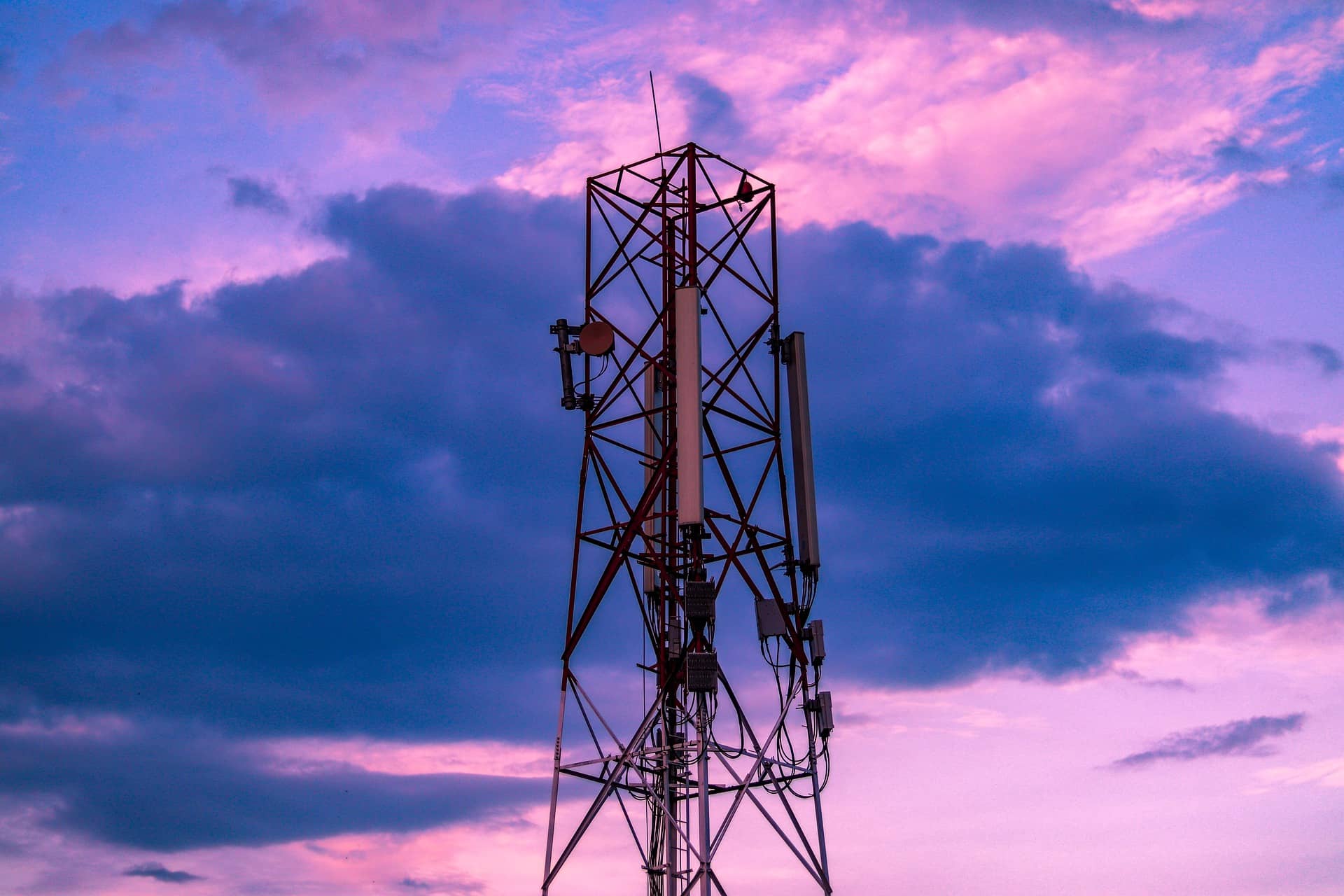
Ahead of Submarine Networks EMEA 2022 next month, Total Telecom sat down with Bertrand Clesca, Director of Client Solutions at Pioneer Consulting to hear his views on which technologies are shaping the submarine cable market and to learn about the projects that Pioneer Consulting is currently engaged with.
At Submarine Networks EMEA next month, you’ll be moderating a panel on “Innovations in subsea cable design.” In your view, what technologies are currently having the biggest impact on cable design?
Clearly, increased fiber pair count has the biggest technical and commercial impacts on subsea cable design. For many years, the number of fiber pairs has been limited to eight in repeatered cable systems. Four years ago, we saw the advent of the first cable systems with 12 fiber pairs…
Ahead of Submarine Networks EMEA 2022 next month, Total Telecom sat down with Bertrand Clesca, Director of Client Solutions at Pioneer Consulting to hear his views on which technologies are shaping the submarine cable market and to learn about the projects that Pioneer Consulting is currently engaged with.
At Submarine Networks EMEA next month, you’ll be moderating a panel on “Innovations in subsea cable design.” In your view, what technologies are currently having the biggest impact on cable design?
Clearly, increased fiber pair count has the biggest technical and commercial impacts on subsea cable design. For many years, the number of fiber pairs has been limited to eight in repeatered cable systems. Four years ago, we saw the advent of the first cable systems with 12 fiber pairs, quickly followed by 16 fiber-pair systems (such as the transatlantic Amitié and Grace Hopper cables planned to enter commercial service this year). Already announced is a new transatlantic 24-fiber-pair cable system to be manufactured by NEC. This system will offer 480 Tbit/s of capacity (almost half a petabit per second) in 2024, with current Submarine Line Terminal Equipment (SLTE) technology. 20% more capacity could be offered in the midterm, but we will never experience a further 10-fold increase in cable capacity as enabled by the introduction of optical coherent technology 10 years ago, since we are getting closer and closer to the upper fundamental Shannon limit.
On the commercial side, more fiber pairs provide more flexibility in fiber routing, enable more partners to join new construction projects, and make fiber pairs more affordable. With cable systems offering more than 16 fiber pairs, bandwidth granularity for big capacity users is increasing from a few 100 Gbit/s to the fiber pair level.
What are your predictions for the subsea industry over the next 12-18 months?
The level of activity should remain high not only because of the strong demand for new cable systems, but also because the industry has to manage delays in project deliveries over the past two years due to the COVID pandemic. The pandemic impacted the supply chain for cable system vendors, their manufacturing capabilities, and the deployments in regions where moving people and equipment represented a daily challenge. We should note that the industry was, however, able to adapt to this unprecedented situation and minimize delays in delivery. A good example is the deployment of Southern Cross transpacific NEXT project, which landed in countries in the South Pacific with very strict COVID policies.
From a technical perspective, the development of optical-switch fabric in branching units at the fiber-pair level is becoming highly desirable. Such flexibility will facilitate the design of the cable systems in their early stages when the number of parties and landing sites are not yet finalized. Further to this, fiber-switching capabilities will allow modifications of connectivity between fiber pairs in the trunk and branch, offering the possibility for a branch fiber-pair owner to connect to a new trunk capacity provider over time.
CSquared Woezon recently selected Pioneer Consulting to aid in the development of Google’s Equiano Cable, which will connect Togo to South Africa and Portugal. Could you share with us an overview of the project and Pioneer’s role?
This was a particularly interesting work assignment, going well beyond the standard technical assistance for the development and deployment of a subsea cable system. Firstly, our customer, CSquared Woezon, is a joint venture between a State-owned entity developing digital telecommunication infrastructure in Togo (Société d’Infrastructures Numériques – SIN) and CSquared, an Africa-based company developing broadband-enabling infrastructure throughout the continent.
Pioneer played a critical role in bridging the technical and commercial needs and telecom operation capabilities of CSquared and the national interests of SIN, ensuring that both parties can move forward in their missions to better the digital infrastructure of Togo.
In addition to this, Pioneer’s role also includes more “standard” activities, like providing general subsea consulting services to CSquared Woezon, including the design, procurement, and implementation of the cable landing station and the system’s transmission equipment. Also part of Pioneer’s scope of work was the development of the necessary land-based infrastructure, which was required to land Google’s Equiano cable, such as the beach manhole, the outside plant, and backhaul to Lomé.
Personally, nearly 15 years after developing the first WDM backbone network in Togo, this project was a great opportunity to contribute again to improve the optical connectivity of the nation.
What are you most looking forward to about participating in Submarine Networks EMEA 2022?
Meeting with old friends and connecting with new people! Given the variety of expertise involved in the definition, financing, design, engineering, manufacturing, installation, operation, and maintenance of any subsea cable system project, there is a crucial need for interacting and communicating with all the stakeholders and persons involved in project development and execution. There is no room for siloed work organization in our industry, unless you have a very strong appetite for risk.
Submarine Networks EMEA 2022 will also be an excellent opportunity for discussing ongoing and future projects, meeting for the first time with people we only saw via teleconference tools, and monitoring industry trends as well.

